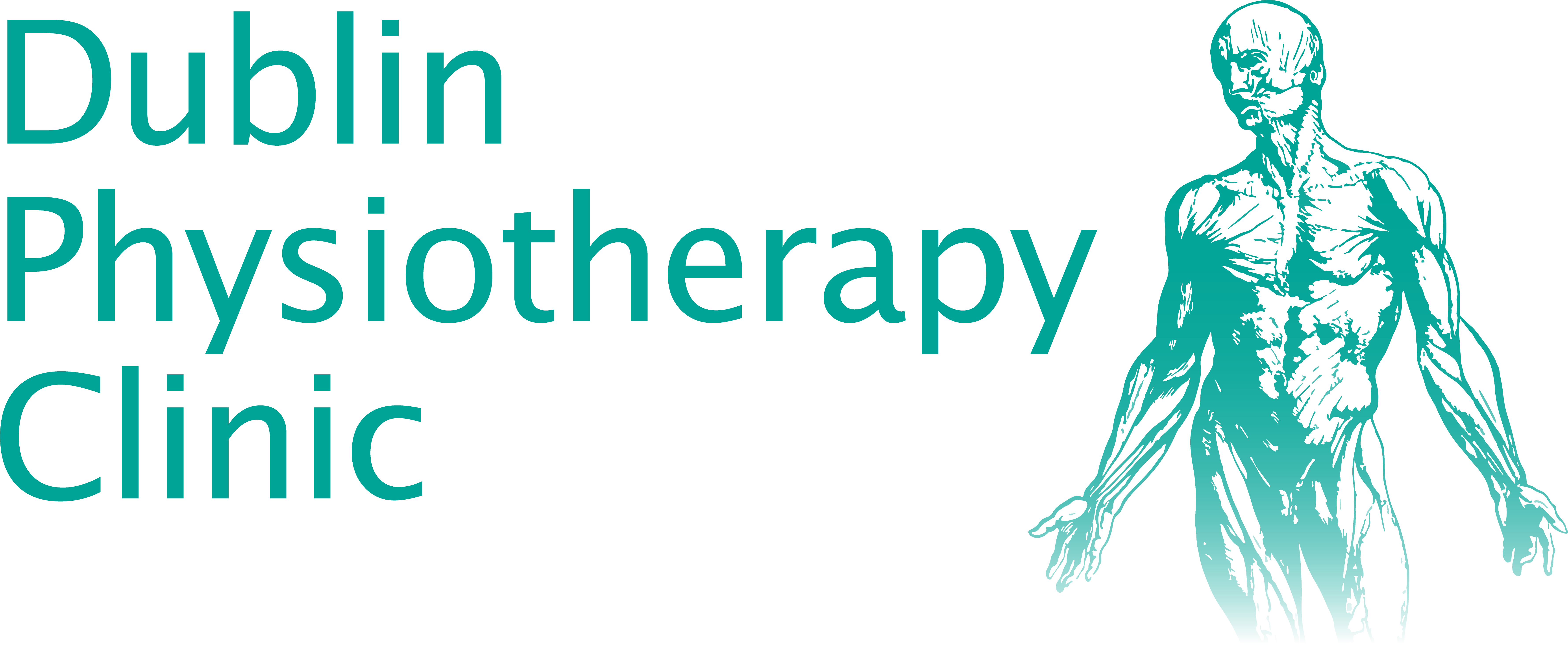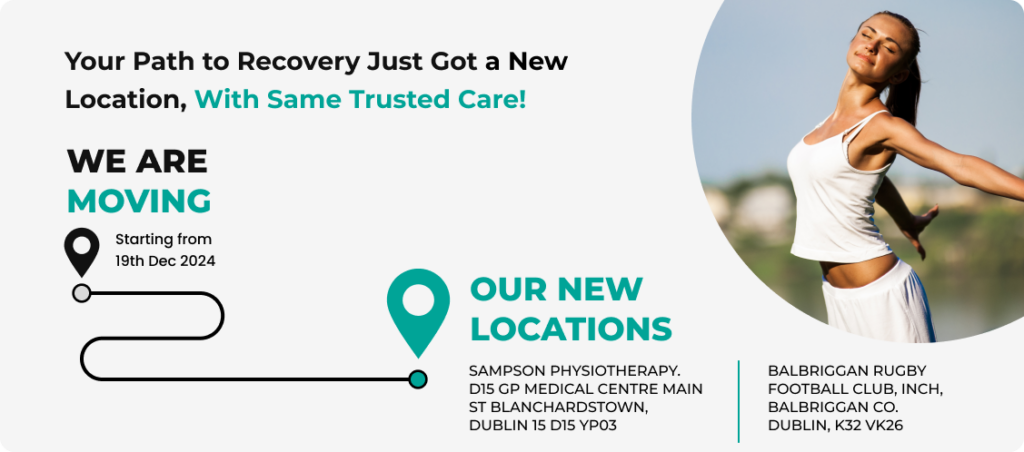STROKE
Neurological Physiotherapy helps you to relearn how to move again following a stroke. Usually physiotherapy begins immediately after the stroke and may continue for many months or for years later. We know that improvement can still continue long after the initial stroke although usually to a lesser extent.
A stroke occurs when the blood supply to the brain is disrupted causing damage to the tissues of the brain. It maybe caused by a blood clot or a bleed within the brain tissue that results in paralysis of the muscles down one side of the body.
What are the effects of a stroke?
Symptoms may include:
- Weakness of one side of the body
- Loss of arm movement
- Neurological stiffness known as spasticity
- Altered body awareness or sensation
- Loss of Balance and risk of falling
- Discomfort / pain
- Inability to walk
- Impaired speech and understanding.
All the above means a person may have great difficulty or be unable to carry out everyday activities such as standing up, walking, dressing or eating.
Fortunately many people make significant progress with neurophysiotherapy. Of key importance is the capacity of the nervous systems to reorganise itself or recover. This is known as neuroplasticity and can be optimised through appropriate rehabilitation and movement re-education from a neurophysiotherapist.

How can Physiotherapy help you?
Our skills in movement analysis and functional rehabilitation places us at the forefront to manage movement problems following stroke.
Through our handling we guide your movements to ensure you relearn to move as naturally as possible and avoid learning bad postures and movement patterns. (ie relearning to use the affected leg again and minimise overuse of the good leg is essential for quality walking) This is in addition to structured exercise to improve strength, balance, walking, fitness and return to activities.
Our skilful handling also helps to reduce muscle stiffness, spasticity (neurological stiffness) and pain. These secondary problems are not uncommon and may arise as a consequence of residual weakness, posture change and altered movement patterns. Spasticity therefore can interfere with recovery of a limb and return of function.
When should rehabilitation begin?
Physiotherapy usually begins immediately after a stroke, when medically stable and starts with a detailed examination and discussion on how we can help you achieve your goals.

What type of stroke do we treat?
- Mild strokes: People who have suffered a stroke but have not been admitted to hospital. This is often classified as a minor stroke ie the person maybe mobile but can identify minor weakness or functional difficulties which they want physiotherapy to focus.
- Stroke with ongoing problems: Following discharge from the hospital when symptoms persist and interfere with functional independence. The person may want to explore their full potential.
- Long standing strokes: It is not uncommon that a person with a longstanding stroke will present for Physiotherapy complaining of a deterioration in their condition. They may report being stiffer, slower on their feet, have greater difficulty moving eg getting out of the chair, walking to the shops or may experience discomfort or pain. Even at this stage post stroke physiotherapy can assist with these issues.
JOIN OUR MAILING LIST
EMAIL:


